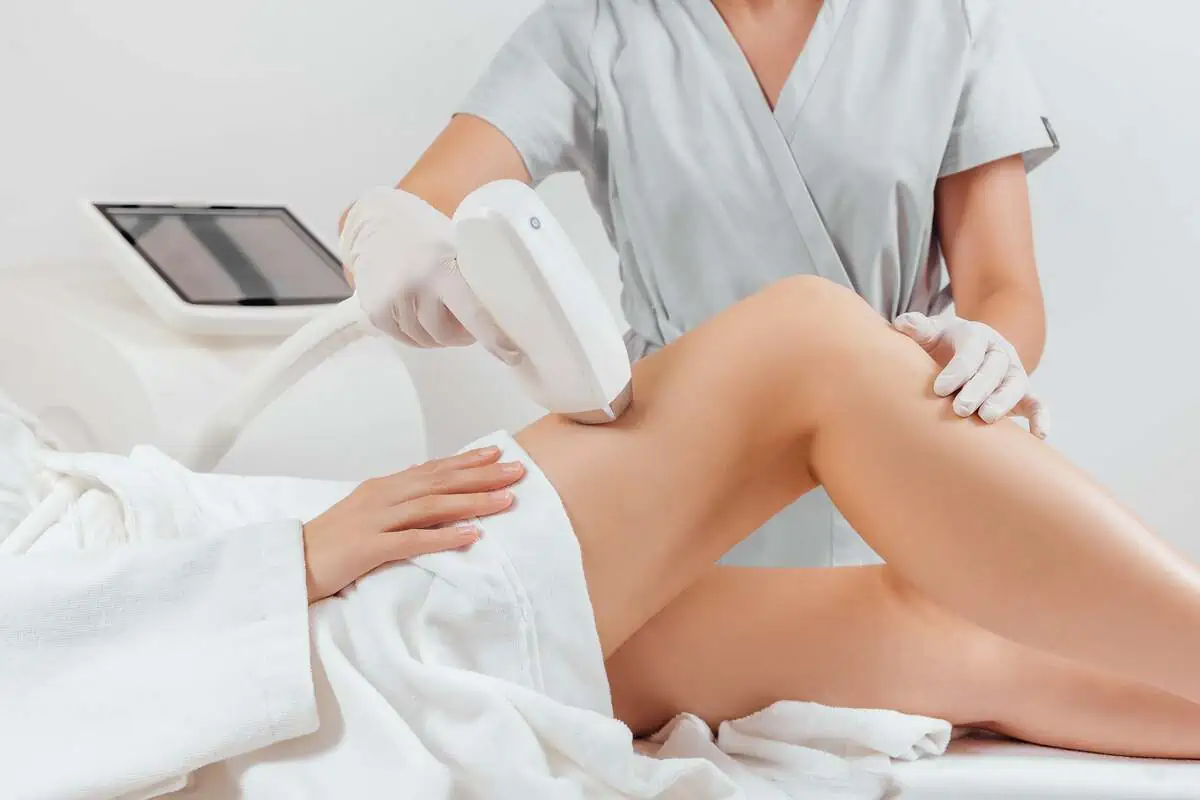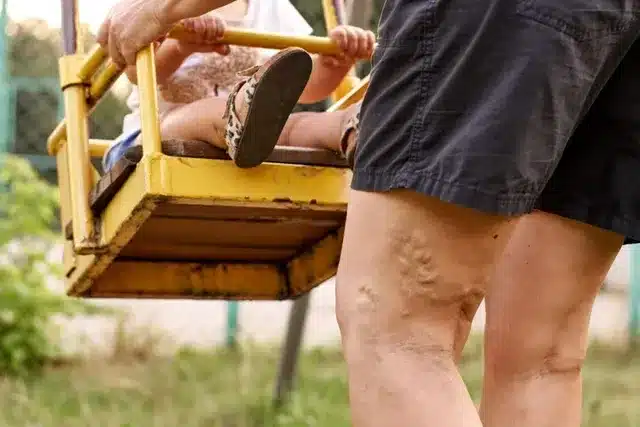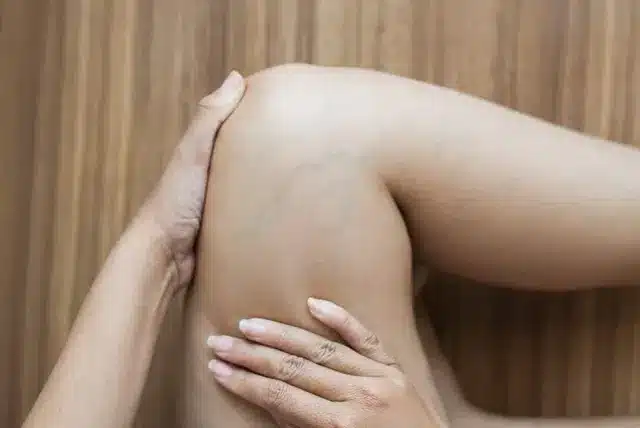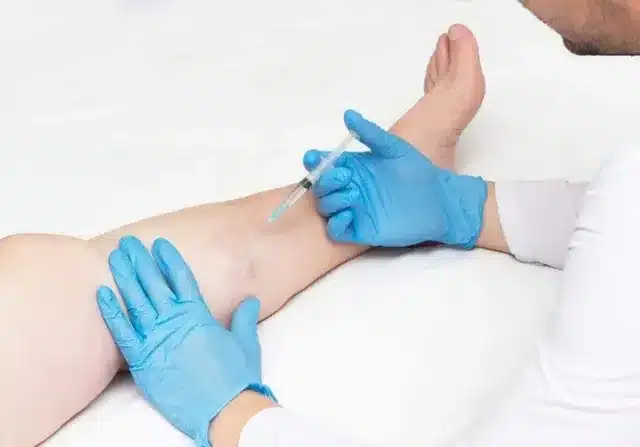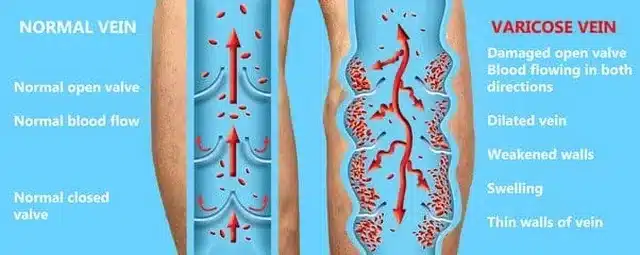Standing or sitting for long periods of time, smoking, high blood pressure, and genetics all contribute to the development of circulation issues like spider veins, varicose veins, and venous insufficiency. However, it can be confusing to figure out the difference between the conditions and which spider vein treatment may be the most appropriate. While a consultation with your doctor is the best way to figure out a spider vein treatment plan, it can be helpful to understand the causes of these issues as well as the possible treatments. What Are Spider Veins? Spider veins are thin, thread-like veins visible on the surface of the skin. They may be red, blue, or purple in colour, and are most common on the face and legs. Spider veins occur when tiny veins, or capillaries, are damaged, which disrupts circulation and traps blood in the vein. Many factors can lead to spider veins, including pregnancy, genetics, sun damage, and standing or sitting for prolonged periods of time. Spider veins do not usually cause discomfort or lead to health issues. However, patients may wish to treat them for cosmetic purposes. Spider Vein Treatment – How Are They Treated? Spider veins can be treated using lasers or visual sclerotherapy, depending on the patient’s needs. Laser treatments cause a thermal reaction, which causes the tiny veins to collapse. The body then absorbs the collapsed blood vessels over the next few weeks. Sclerotherapy involves the injection of a sclerosant fluid, which irritates and then collapses the vein in a way similar to laser treatment. After either treatment, the patient can return to most of their regular activities in a few days, and will see the final results in about six weeks. What Are Varicose Veins? Varicose veins typically occur on the legs, appear bulging and blue or purple in color, and may cause discomfort or even pain. This condition is also caused by damaged valves in the legs veins, which causes blood to pool and stretch the vein walls. Varicose veins are caused by the same factors as spider veins. How Can I Treat My Varicose Veins? There are many treatment options available if you are suffering from varicose veins. For varicose veins that are visible on the surface of the skin, treatments include radiofrequency (RF) ablation and phlebectomy. Varicose veins that are deeper in the leg can be treated using ultrasound-guided sclerotherapy.
Radiofrequency (RF) Ablation
RF vein ablation uses radiofrequency energy to heat and collapse the affected veins. A small incision is made, and an RF catheter is inserted into the vein. The catheter then emits RF energy as it is pulled back out of the vein, causing it to collapse. The treated vein is then absorbed by the body over time.
Phlebectomy
Phlebectomy is another effective treatment for varicose veins. A small incision is made, and a tool called a phlebectomy hook is inserted and used to pull out the affected vein. Your candidacy for either procedure will be determined by several factors, including your general health, the size and number of veins affected, and your needs and preferences.
Ultrasound-Guided Sclerotherapy
Ultrasound-guided sclerotherapy is typically recommended to treat varicose veins that occur deep in the legs. Ultrasound is used to identify the location of the affected veins, and is also used during the procedure to ensure accuracy. A sclerosant fluid is then injected into the vein, which collapses and is absorbed over time. The blood flow is then rerouted through healthy blood vessels.
Why Should I Choose Afzal Clinics? Dr. Kamran Afzal is considered to be a regional expert in vein disease, and takes the time to ensure that every patient gets the very best care possible. The team at Afzal Clinics will be there for the entire process, from consultation to aftercare, and will also help you navigate the complicated insurance maze.
